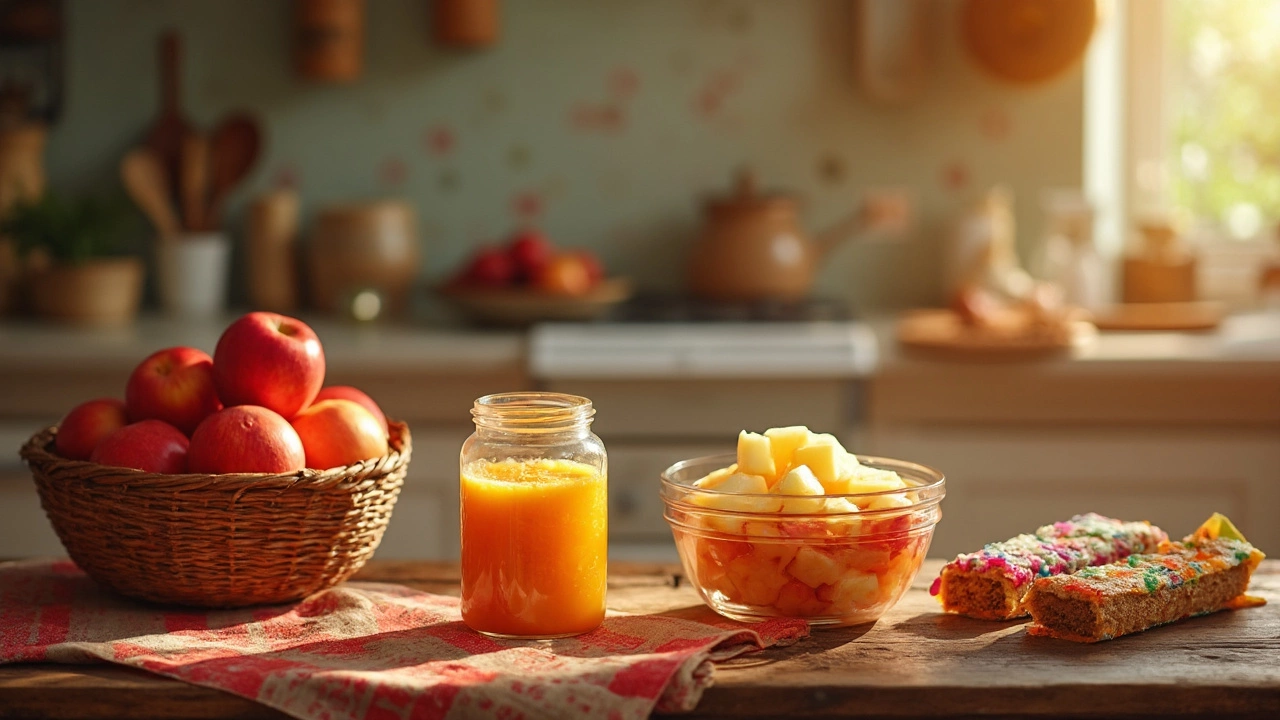- Top Small Scale Manufacturing Business Trends in 2024 Dec 4, 2024
- Top Manufacturing Businesses: Automotive and Electronics Industry Insights Jul 21, 2025
- Who Runs a Manufacturing Company? Understanding Leadership in UK Manufacturing Today Dec 5, 2025
- Who Bought Toyota to India? The Real Story Behind Toyota’s Entry into the Indian Market Nov 20, 2025
- Textile Capital of India: Where the Fabric Magic Happens May 27, 2025
Food Levels – What You Need to Know About Processed Foods and Food Processing
When you hear "food levels," most people think about how far a product is from its natural state. Is it fresh, frozen, or heavily processed? The answer matters for health, taste, and even the planet. In this guide we break down the different levels, point out why they matter, and share what’s happening in the industry right now.
What Are Food Levels?
Food levels are basically a way to rank how much a food has been altered from its original form. At the low end you have raw fruits and vegetables – nothing added, just washed and maybe cut. A step up is minimally processed items like frozen peas or pasteurized milk. They’re still close to nature but have been kept safe for longer.
Mid‑level foods include canned beans, bread, and yogurt. These have ingredients added for flavor, texture, or preservation, but you can still read the list and see what’s inside. At the high end are ultra‑processed foods – think snack chips, sugary cereals, and ready‑to‑heat meals. They’re made from refined ingredients, additives, and often contain hidden sugars, salts, and fats.
Key Trends Shaping Food Processing Today
Manufacturers are responding to consumer demand for transparency. Labels now highlight “no added sugar” or “whole grain” to help shoppers identify lower‑level foods. At the same time, tech‑driven processing like high‑pressure pasteurization lets companies keep more nutrients while extending shelf life.
Another big shift is the rise of plant‑based alternatives. Companies use novel processing methods to turn peas, soy, or oats into meat‑like textures. This pushes some products into the higher‑level category, but many consumers accept the trade‑off for sustainability benefits.
Lastly, waste reduction is forcing a rethink of how we handle by‑products. Up‑cycling fruit pulp into fiber‑rich snacks or using leftover whey for protein powders adds value without creating more waste.
Understanding food levels helps you decide what fits your diet and values. If you aim for fresh or minimally processed foods, look for short ingredient lists, little to no additives, and simple preparation methods. If you need convenience, choose products that still list recognizable ingredients and avoid excessive added sugars or sodium.
Bottom line: food levels are a handy shortcut to gauge how much a product has been changed. Keep an eye on labels, stay curious about new processing tech, and you’ll be better equipped to make choices that match your health goals and environmental concerns.
Food Processing Levels: The 4 Main Stages Explained
- Aarav Sekhar
- May 11, 2025
Not all processed foods are created equal—there are four clear levels of food processing. This article walks you through these stages, showing what really happens from farm to fork. You'll get practical tips for spotting each level and learn why it matters for health and taste. From fresh apples to breakfast bars, find out where your food stands. Understanding this can help you make smarter eating choices every day.
